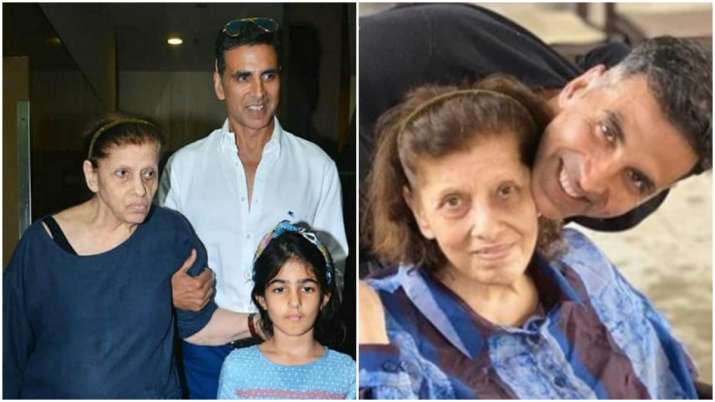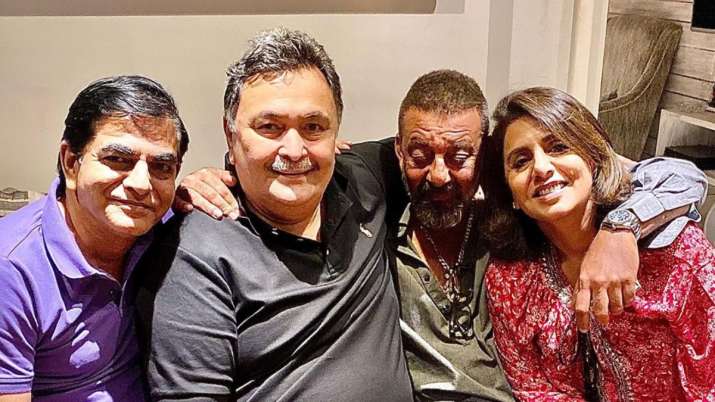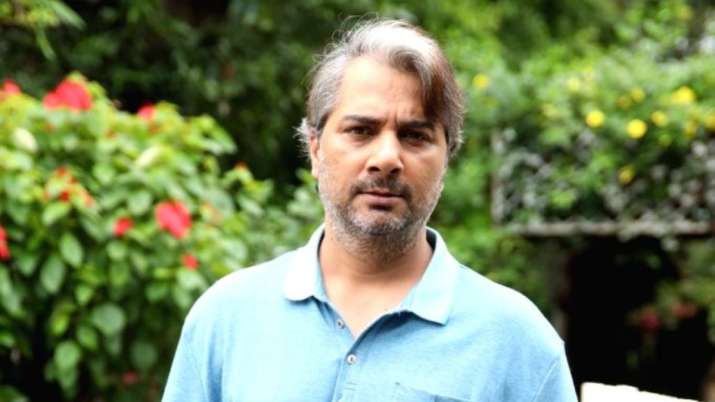In an unexpected discovery, astronomers have spotted a black hole in the Milky Way galaxy that's so large, it defies existing models of how stars and galaxies evolve.
The black hole in question, which researchers have dubbed 'LB-1', is roughly 15,000 light-years from Earth, and has a mass that's 70 times that of our Sun, claims the study published in Nature.
The Milky Way is thought to contain stellar black holes that number around 100 million. And LB-1 is twice as large as the largest stellar-mass black hole that scientists imagined possible, according to lead researcher and astronomer Jifeng Liu from the National Astronomical Observatory of China.
"Black holes of such mass should not even exist in our galaxy, according to most of the current models of stellar evolution," Liu said in a statement. "LB-1 is twice as massive as what we thought possible. Now theorists will have to take up the challenge of explaining its formation."
So far, researchers have arrived at two distinct kinds of black holes. The more common ones are stellar black holes, which can be up to 20 times as massive as our Sun (the oddity in question is 70x the mass of our Sun). These can form when the core of a massive star collapses in on itself.
The second kind of black hole, supermassive black holes, are at least a million times bigger than the Sun. Their origins? Unknown. Researchers think that the typical star in the Milky Way will shed most of their gas through stellar wind — naturally preventing the formation of a black hole as massive as LB-1.
"The abundance of black holes and the mechanisms by which they form" remains something astronomers today are grappling with, David Reitze, a physicist at the California Institute of Technology not involved in the discovery, told AFP.
"LB-1's large mass falls into a range known as the 'pair-instability gap', where supernovae should not have produced it," Reitze said. "That means [LB-1] is a new kind of black hole, formed by another physical mechanism!"
Liu and his colleagues made their observations using the Large Sky Area Multi-Object Fiber Spectroscopic Telescope (LAMOST) in China, seeking out "wobbly stars" that might point to a nearby black hole (which otherwise appears invisible).
LAMOST pointed them to a giant blue star. It took some follow-up observations with the more powerful Gran Telescopio Canarias in Spain and the Keck Observatory in USA to really uncover what they had found.
The star they spotted was around 35 million years old, clocking in at around eight times the mass of the Sun. It was also orbiting LB-1 every 79 days on what the researchers describe as a "surprisingly circular" orbit.
This circular orbit of LB-1's companion star is puzzling because there's no scenario that the scientists could imagine that fits both — the formation of the black hole and the existence of a companion star that's orbiting it in a circular orbit.
If LB-1 formed when two black holes collided, after which it captured a star, the circular orbit of its companion would be highly unlikely. What's expected is a very eccentric, elliptical orbit. Sure, time could smooth this orbit out and turn it "more circular", but that would take longer than the star's age (so... over 35 million years of time — again, an unlikely possibility, per the study).
A possibility that researchers are pursuing is that LB-1 is a "fallback supernova" — material was ejected from the dying star at some point, after which it fell immediately back into the star, directly producing a black hole. While this is a little-understood, theoretical possibility, scientists haven't found any direct evidence for black holes formed this way till date.
"This discovery forces us to re-examine our models of how stellar-mass black holes form," Reitze said. "This remarkable result along with the LIGO-Virgo detections of binary black hole collisions during the past four years really points towards a renaissance in our understanding of black hole astrophysics."
from Firstpost Tech Latest News https://ift.tt/2OU8WGF
 The Met Gala in May 2017 brought together Priyanka Chopra and Nick Jonas. The grand event marked the start of the relationship rumours between our desi girl, Priyanka Chopra and the American singer Nick Jonas. Now married, these two have never been shy about expressing their adoration for each other, both, on social media and on the red carpet as well. After their Christian style wedding, the couple organized grand traditional Indian wedding ceremonies at Umaid Bhavan Palace and got hitched on December 1, 2018. The couple is celebrating their first wedding anniversary today and, on the special occasion, have a look at their adorable love story.
The Met Gala in May 2017 brought together Priyanka Chopra and Nick Jonas. The grand event marked the start of the relationship rumours between our desi girl, Priyanka Chopra and the American singer Nick Jonas. Now married, these two have never been shy about expressing their adoration for each other, both, on social media and on the red carpet as well. After their Christian style wedding, the couple organized grand traditional Indian wedding ceremonies at Umaid Bhavan Palace and got hitched on December 1, 2018. The couple is celebrating their first wedding anniversary today and, on the special occasion, have a look at their adorable love story. On the author’s death anniversary, here’s looking at 5 works by him one must read.
On the author’s death anniversary, here’s looking at 5 works by him one must read.
 Individuals cannot become infected through sharing personal objects, food or water. Unfortunately, there are still misconceptions about how HIV is transmitted and what it means to live with HIV today.
Individuals cannot become infected through sharing personal objects, food or water. Unfortunately, there are still misconceptions about how HIV is transmitted and what it means to live with HIV today. As per the official website, World AIDS Day is important because it reminds the public and government that HIV has not gone away – there is still a vital need to raise money, increase awareness, fight prejudice and improve education.
As per the official website, World AIDS Day is important because it reminds the public and government that HIV has not gone away – there is still a vital need to raise money, increase awareness, fight prejudice and improve education. One year in, here are a few throwback pictures from the couple’s fairytale wedding that one must revisit.
One year in, here are a few throwback pictures from the couple’s fairytale wedding that one must revisit. Ed Sheeran decided to ditch his electronic devices and social networking sites back in 2015 when he took a year-long break from the spotlight to "travel the world".
Ed Sheeran decided to ditch his electronic devices and social networking sites back in 2015 when he took a year-long break from the spotlight to "travel the world".
 Khloe Kardashian took to Twitter to share her decision to put down her phone to live in the moment with her 20-month-old daughter True.
Khloe Kardashian took to Twitter to share her decision to put down her phone to live in the moment with her 20-month-old daughter True.



 Security is, indeed, not a matter of joke for the Kardashian-Jenner family. Beauty mogul Kylie Jenner reportedly spends close to $400,000 (over Rs 2 crore) a month on her security.
Security is, indeed, not a matter of joke for the Kardashian-Jenner family. Beauty mogul Kylie Jenner reportedly spends close to $400,000 (over Rs 2 crore) a month on her security. Sous Chef Vijesh Modi from The Deltin, Daman shares the secret recipe to a perfect Panettone.
Sous Chef Vijesh Modi from The Deltin, Daman shares the secret recipe to a perfect Panettone.
 On Thanksgiving this year, Priyanka Chopra joined her husband Nick Jonas and his family in the US. Last year, Nick came to India and had a Thanksgiving family dinner with Priyanka's family.
On Thanksgiving this year, Priyanka Chopra joined her husband Nick Jonas and his family in the US. Last year, Nick came to India and had a Thanksgiving family dinner with Priyanka's family.


 The study, which was partly funded by the National Institutes of Health and published in the journal Human Brain Mapping, helped researchers identify how nightmares light up the brain in real time.
The study, which was partly funded by the National Institutes of Health and published in the journal Human Brain Mapping, helped researchers identify how nightmares light up the brain in real time.
 The American reality star and business woman shared a series of Instagram photos where her family can be seen enjoying Thanksgiving.
The American reality star and business woman shared a series of Instagram photos where her family can be seen enjoying Thanksgiving.


 Oscar Wilde was an acclaimed poet, playwright and writer. His wise words, a collection of which is below, will surely make you think twice.
Oscar Wilde was an acclaimed poet, playwright and writer. His wise words, a collection of which is below, will surely make you think twice.
 On his 184th birth anniversary, here are some thought-provoking quotes by the famous American writer Mark Twain.
On his 184th birth anniversary, here are some thought-provoking quotes by the famous American writer Mark Twain.






